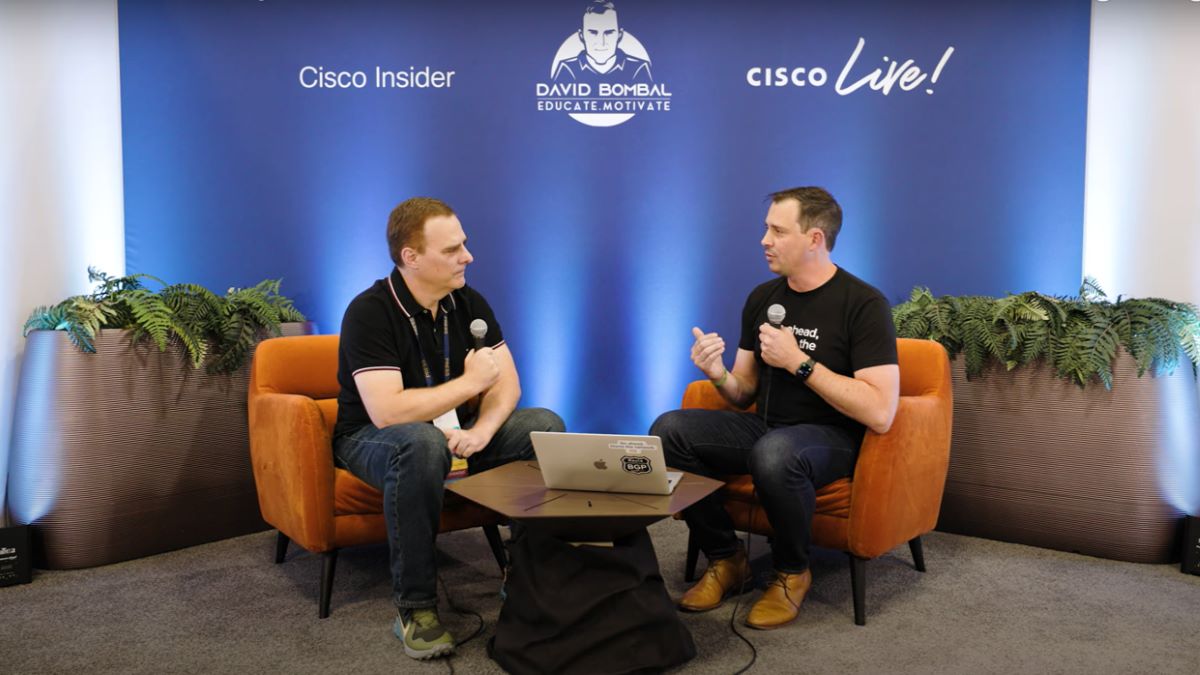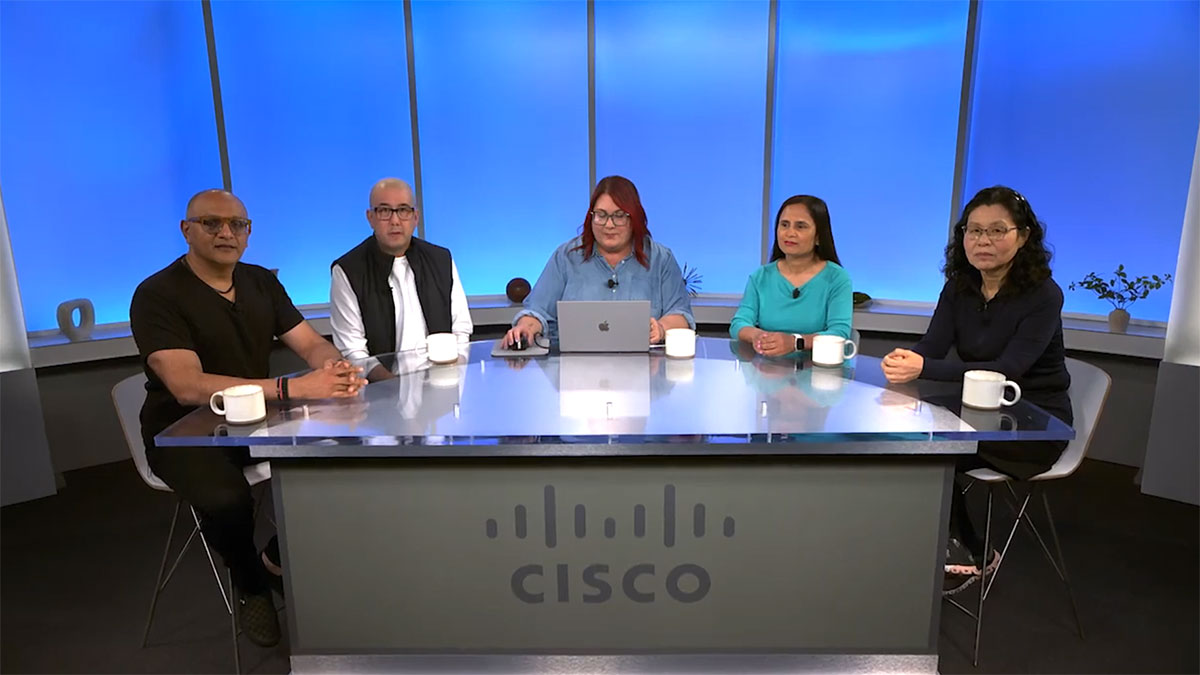Cloud-based apps have revolutionized the business world, with services, capabilities, and flexibility that would have been hard to imagine a few short years ago. But they’ve also created a complex web of problems.
Apps need to be developed faster than ever before — in a constant cycle of evolution and deployment — to meet the ever-changing demands of customers, users, and unpredictable markets. Rather than the old model of “monolithic” apps residing in an on-prem data center, we now have highly distributed applications that reside in different public and private clouds, all connected by a vast array of APIs. And amid this speed and complexity, security and visibility can become an afterthought — all as the gap between app velocity and infrastructure response times widens.
Given this mounting set of challenges, siloed development, IT, operations, and security teams are ill equipped to cope. And the consequences can be dire. Downtime for a critical app can all but stop a business from functioning, and without continuous app innovation customer satisfaction can fall. Meantime, the complexity and challenges only promise to increase as the sheer volume of applications continues to surge.
That’s why Cisco is spearheading an application-first, cloud native approach, for an always-on, hyper-distributed world. It’s a key element of Cisco’s commitment to innovating the internet of the future. Apps are crucial to that future, so lessening logjams, silos, and speed bumps will be essential.
“All these apps are now being stretched and being thrown across the Internet,” said Vijoy Pandey, Cisco’s Vice President of Engineering, Strategy, Incubation, and Applications. “And the connectivity problem is actually getting worse and worse. At Cisco we are solving the problem of connectivity and security in a holistic manner.”
Cisco is working to simplify the connectivity of application programming interfaces (APIs), build in security from development to deployment to runtime, and accelerate development overall. At the same time, Cisco technologies help to break down silos between developers, IT operations, and security teams.
Cisco supports these efforts by providing full-stack connectivity, security, and observability that stretches from APIs to cloud-native apps and across multicloud, multi-SaaS, or on-prem environments.
Cisco also embeds security much earlier in the development process and moves it higher up the application stack. One key is Cisco’s ability to extend observability to cover APIs, the inherent component of all cloud-native technologies, with insights derived from AI and machine learning. This greatly reduces the time it takes to identify, isolate, and fix a threat or a malfunction.
From monolithic to cloud native — a bridge
Cisco’s rich portfolio bridges the monolithic world to the new cloud native world. It includes mesh and connectivity software services that allow for the discoverability, consumption, data-flow connectivity and real-time observability of distributed modern applications.
And the portfolio extends to security services that detect, scan, observe, score and secure APIs (internal or 3rd party), while simultaneously ensuring real-time compliance reporting and integrations with existing development, deployment, and operating toolchains
These solutions include Cisco Intersight, a cloud-operations platform; AppDynamics for full-stack observability with context, application performance monitoring, and application security; ThousandEyes, which offers cloud and internet intelligence for enterprises and service providers; and Cisco’s incubated ventures around container and API security.
Taken together they create an all-around better experience, starting with the developer and reaching all the way to the end user.
Among the advantages:
- Uninterrupted apps: Increasingly today, when an app goes down, the business goes down. With flexible cloud-native communication infrastructure, only the components requiring an upgrade need to be taken offline. So, productivity and customer interactions can continue. In addition, Cisco’s application security solutions can identify potential vulnerabilities before they make it into production or pinpoint threats far beyond the traditional security perimeter.
- Flexibility and choice: Cisco’s solutions connect applications and developers across APIs and service endpoints, even in clouds. With a tightly integrated platform, developers can choose the APIs and services they want, without worrying about infrastructure scalability.
- Faster time to market. With less friction, complexity, and security fears, developers can see their work impact the business faster than ever. And that’s critical in fast-changing and competitive markets where customer experience defines business success and even a one-second delay can translate into a lost customer.
- Agility and innovation: With smaller teams focused on specialized components of the application, developers can work faster and more autonomously. This helps to break down some of the friction that can arise between separate teams forced to coordinate their work on monolithic applications. Together with methodologies like DevOps/SRE, those agile, specialized development teams can turn innovation into competitive advantage and loyal customers.
Apps are indeed the future. And to ensure that that future is as fast and innovative as customers demand, application teams need full confidence in the underlying architectures, their observability, and their security.
With our latest innovations, Cisco is helping customers reimagine apps, from idea to deployment, and with security and connectivity throughout.
“Whether you’re in a monolithic environment or cloud native, we have the technology and the innovation,” said Pandey. “We will build that stack for you to consume in the way you want to consume. So, you combine that with the trust factor for connecting anything or securing anything all the way down, and then providing full-stack observability at any layer — that’s what Cisco brings to the table.”
###
For further information check out these resources




